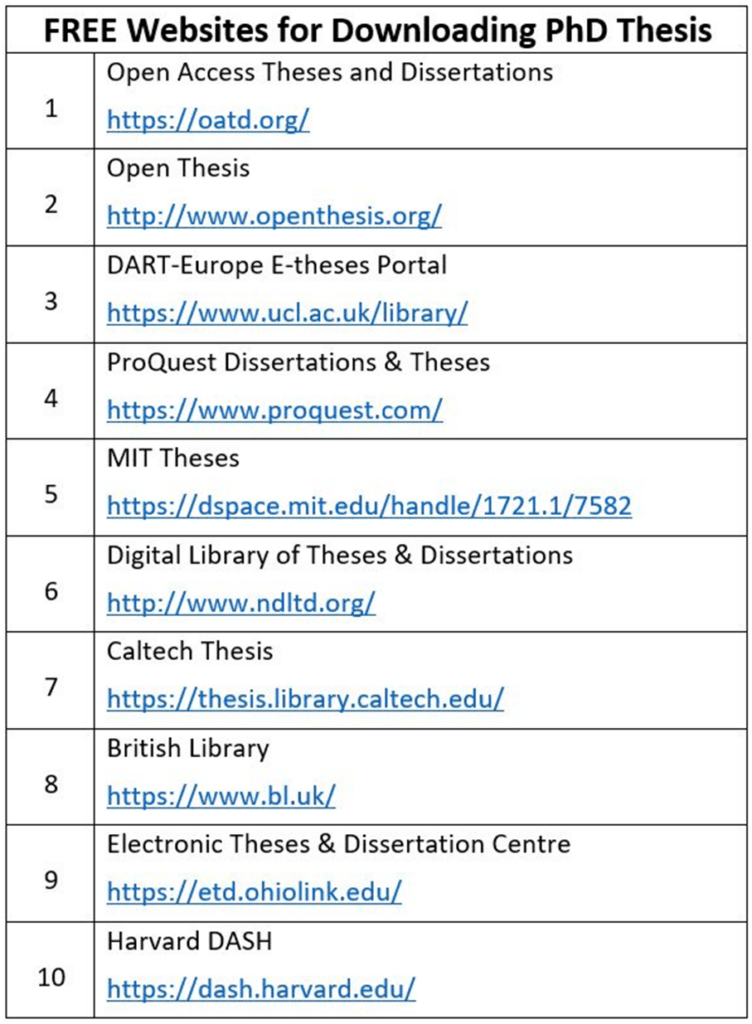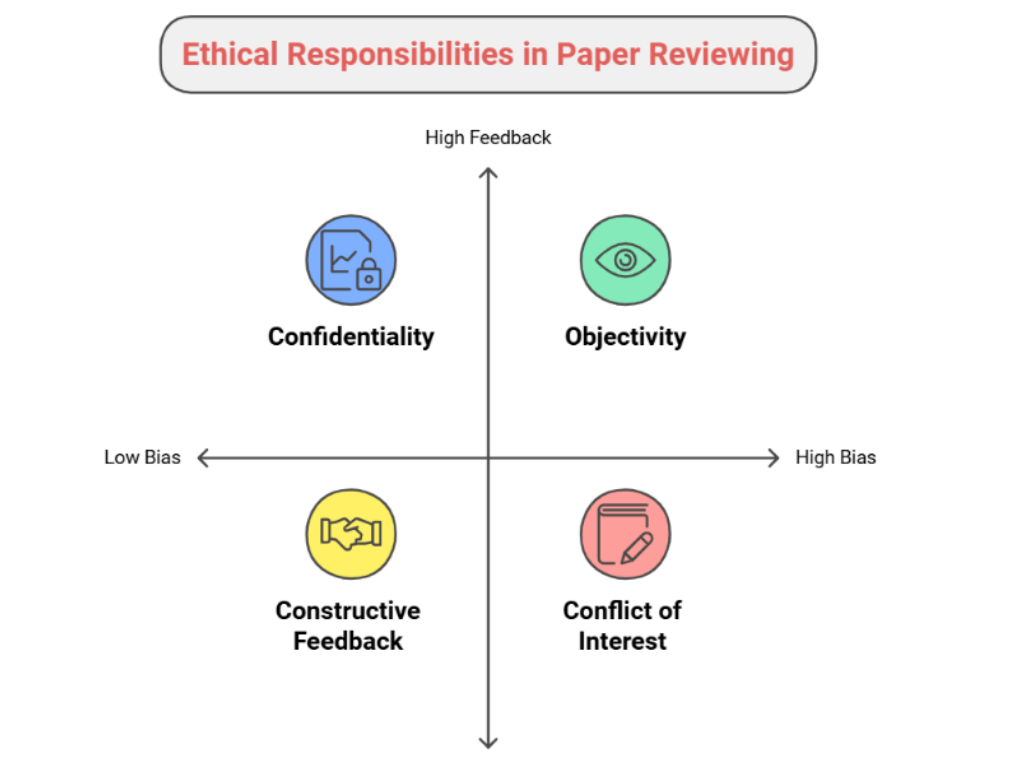
Do you need a tool to help you in writing a research paper?
Meet AnswerThis – a tool specifically designed for writing research papers.
With AnswerThis, you can:
- Conduct a literature review
- Create paper outline
- Use AI editor to write papers
- Identify research gaps
- Paraphrase your writing
- And much more
Finding high-quality PhD theses is not always easy. Many students and researchers spend hours looking for examples, references, or complete dissertations to learn from. Luckily, several platforms provide free and legal access to PhD theses from universities around the world.
In this blog, we will look at 10 excellent websites where you can download PhD theses for free. We’ll explain what each site offers, why it’s useful, and how you can use it in your own research journey.
Why Download PhD Theses?
Before we dive into the list, let’s ask: why should you look at other people’s PhD theses?
- To learn structure: A thesis is different from a research paper. Reading theses will help you understand how to structure your chapters, from introduction to conclusion.
- To get inspiration: Sometimes you may feel stuck in your writing. Reading how others have explained their ideas can spark new thoughts.
- To review literature: Many theses include extensive literature reviews. These can guide you to important references in your field.
- To see methods in practice: Methodology chapters show how researchers applied theories to real problems.
- To benchmark quality: You can compare your own work with completed theses to assess if you are on the right track.
With these benefits in mind, let’s explore the websites.

1. Open Access Theses and Dissertations (OATD)
OATD is one of the best resources for finding open access theses worldwide. It collects metadata from universities and libraries, so you can search across many institutions at once.
- Covers more than 5 million theses.
- Advanced search helps you filter by subject, university, or date.
- Useful for broad literature reviews.
2. Open Thesis
Open Thesis is a free repository of theses, dissertations, and other academic documents.
- Includes a mix of PhD, master’s, and undergraduate works.
- Allows you to browse by category.
- Good for students who want a wide range of academic writing examples.
3. DART-Europe E-theses Portal
👉 https://www.dart-europe.org/
This portal is a partnership of research libraries across Europe.
- Provides access to over 800 universities’ theses.
- Focuses on European PhD dissertations.
- Great for students in social sciences, humanities, and European studies.
4. ProQuest Dissertations & Theses
ProQuest is one of the largest repositories of academic dissertations.
- Covers millions of theses worldwide.
- Some content is paid, but many universities provide free access.
- Known for high-quality indexing and detailed abstracts.
5. MIT Theses
👉 https://dspace.mit.edu/handle/1721.1/7582
The Massachusetts Institute of Technology (MIT) makes its theses freely available.
- Includes all MIT PhD theses since the mid-2000s.
- Focus on science, engineering, and technology.
- If you’re in STEM, this is a goldmine.
6. Networked Digital Library of Theses & Dissertations (NDLTD)
NDLTD is a global initiative to make theses more accessible.
- Includes links to many university repositories.
- Covers thousands of institutions worldwide.
- Useful for students who want to search across continents.
7. Caltech Theses
👉 https://thesis.library.caltech.edu/
California Institute of Technology hosts its theses online.
- Focused on engineering, science, and technology.
- Easy to search by author, department, or year.
- Good for examples of concise, high-quality writing.
8. British Library (EThOS)
The British Library runs EThOS, the UK’s national thesis service.
- Covers theses from over 120 UK universities.
- Many are available for free download.
- A great source if you want UK-based research.
9. Electronic Theses & Dissertation Centre (OhioLINK)
This is the OhioLINK ETD Center, providing access to Ohio’s universities.
- Covers thousands of theses from US institutions.
- Includes master’s and PhD dissertations.
- Excellent for education, health, and applied sciences.
10. Harvard DASH
Harvard University makes many of its theses open access through DASH (Digital Access to Scholarship at Harvard).
- Includes PhD dissertations across multiple disciplines.
- Provides world-class academic work.
- A good resource for inspiration and benchmarking quality.
How to Use These Theses Responsibly
It’s important to remember: theses are for reference, not for copying. Here are a few tips:
- Don’t plagiarize. Always cite if you use ideas or text.
- Focus on learning structure: Look at how chapters are organized.
- Study methods: Learn how researchers designed their studies.
- Collect references: Many theses have rich bibliographies.
- Stay ethical: These are learning tools, not shortcuts.
Final Thoughts
Downloading and reading PhD theses can help you grow as a researcher. They can show you how top students structured their arguments, reviewed literature, and presented results. They also expose you to different academic styles across universities and countries.
Whether you are just starting your PhD or are close to submission, these free resources can guide and inspire you. Use them wisely, and they will help you strengthen your own research and writing.
Remember: A PhD is not only about producing new knowledge. It’s also about learning how to communicate research clearly. These theses can be your hidden mentors.
Don’t forget to read: AI Tools for Literature Review
Best of Luck..




